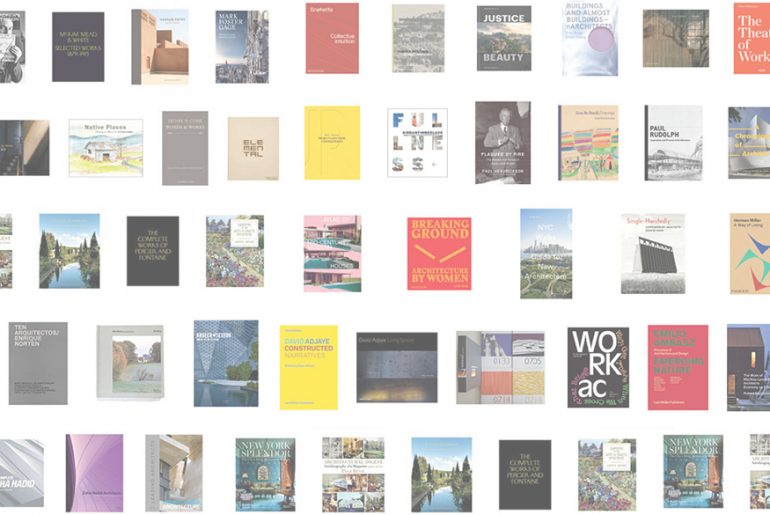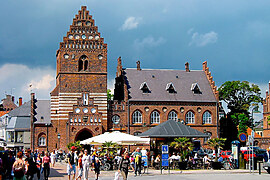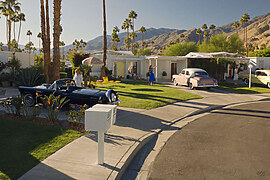Design philosophy is of major importance as it the foundation for the whole design process. While one may argue in the today’s commercial world, design concept and the thought process holds no depth and intensity, but it is the fact that any design be it simple or complex, small or huge is based on some philosophy and thought process- consciously or unconsciously. And the essays and written materials by the architects is one the most prominent tools that helps us understand their design philosophy and thought process.
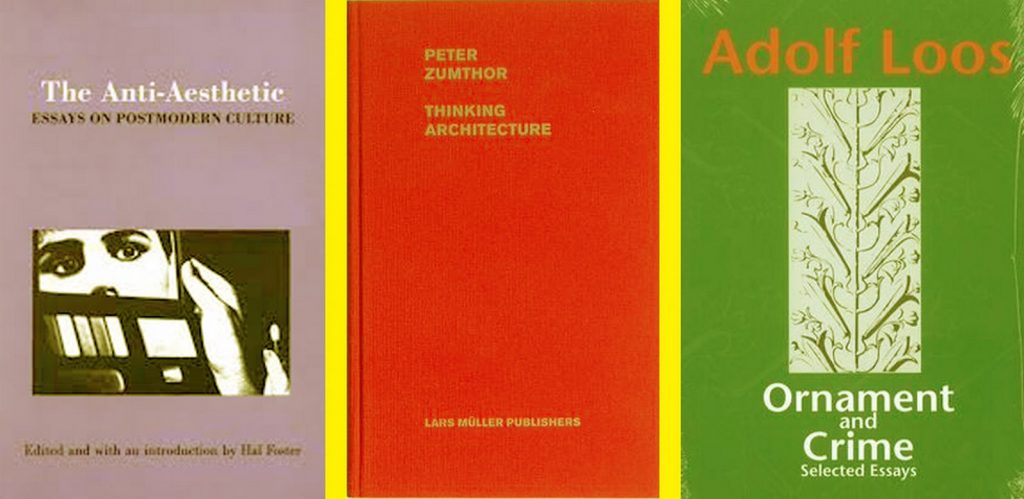 Towards a Critical Regionalism: Six Points for an Architecture of Resistance
Towards a Critical Regionalism: Six Points for an Architecture of Resistance
Kenneth Frampton
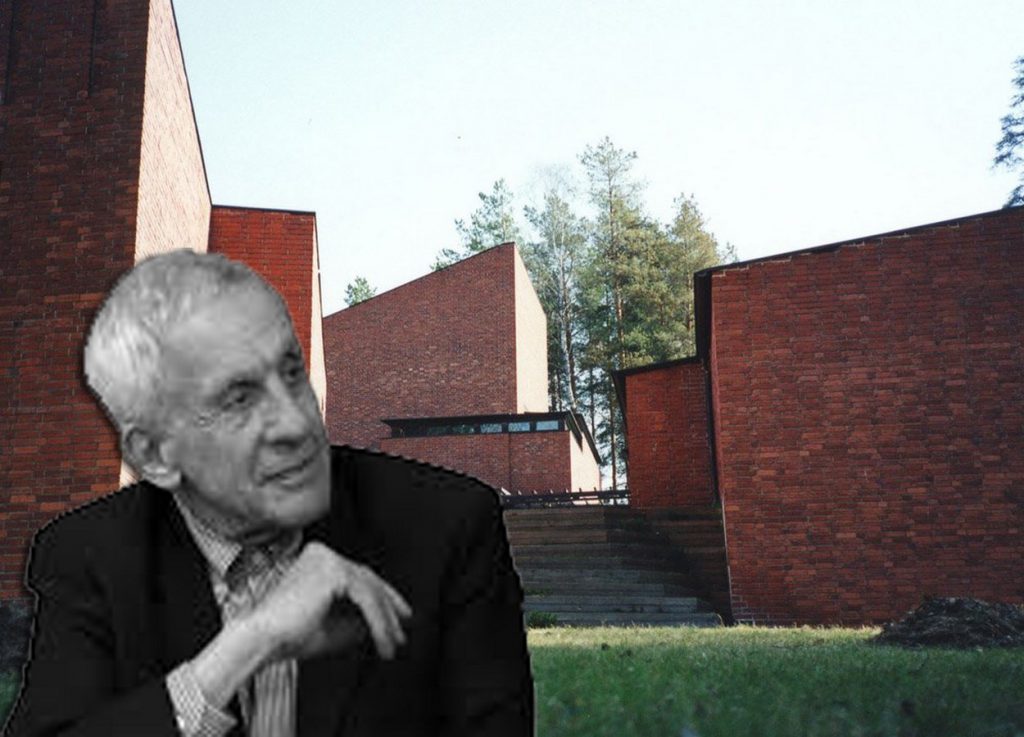 Synopsis:
Synopsis:
One of the foremost believer of ‘critical regionalism’, Kenneth Frampton through this essay tried to put forward a thought that architecture must resist the homogeneity set in by the modernism genre and must be more connected to the surrounding climate, culture and style.
Review:
Architecture must at the same time be also resistive to the whimsical individualism set in by the Post-modernist style of architecture. The main motive of promoting critical regionalism is to avoid a peculiar universal imagery for all the buildings across the world. Critical Regionalism aims at maintaining a high level of critical self-consciousness. But at the same time it can be argued that the move towards the universal, has provided architecture an unique opportunity possess the power to erase the pre-conditions and preconceived notions about a place. This is not an opportunity that must be fought against for but an opportunity that can be embraced to create a new built landscape through redefining ‘place’. May be critical regionalism is important but so is globalization as it helps to bring different styles, materials and auras together in one building irrespective of its location.
Thinking Architecture
Peter Zumthor
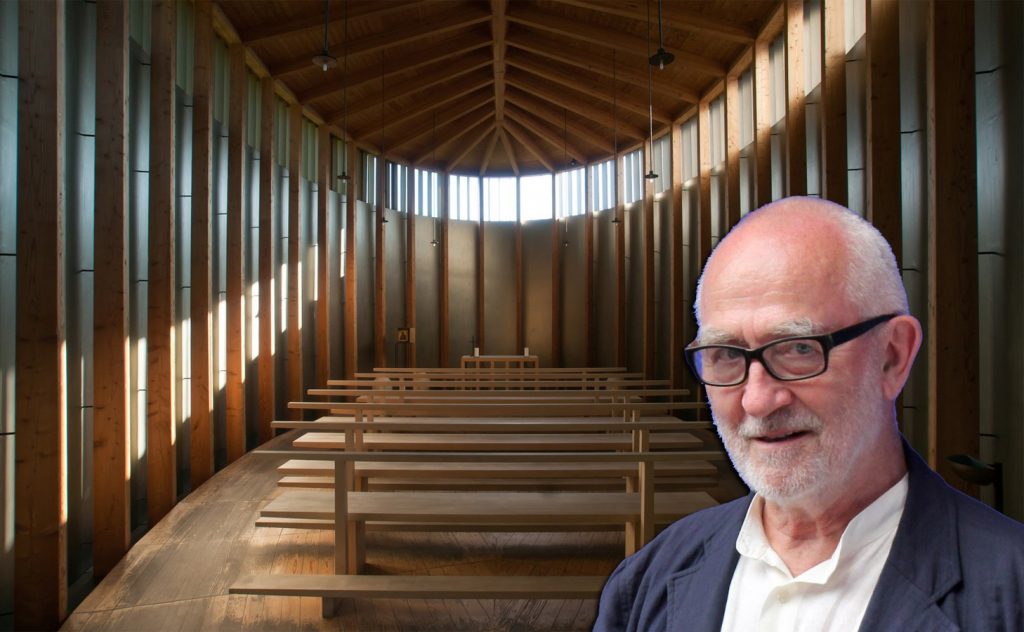 Synopsis:
Synopsis:
Architecture is believed to have connect with the users far beyond the form and the process of construction. Peter Zumthor discusses what motivates him to design buildings that appeal to the user’s heart and state of mind and looks at design process as more of an overall experience and aura.
Review:
This essay by Peter Zumthor is more of an organization of miscellaneous experiences and situations he went through while designing. ‘Thinking Architecture’ gives us an insight of nearly 15 experiences and theories of Zumthor’s architectural experiences and helps us to form an idea in our own minds, be observant of the built environment and develop an analytical skill for the same. Through these simplistic writing’s and phenomenal real life experiences described here, we can also gain an emotional intelligence that is necessary to create as well as admire great and good architecture. The essay is a complete collection of his descriptions – some poetic, some vague, some lacking conclusions, but on an overall it takes you on a journey. The excerpts describing his studio, photographs of his home, his opinions about other architectural work by his contemporaries etc help us imagine and understand Zumthor’s way of thinking and then we can decide if that is how we want to form our fundamentals or if that is how we want refrain from forming our fundamentals, the choice is upon the reader.
Ornament & Crime
Adolf Loos
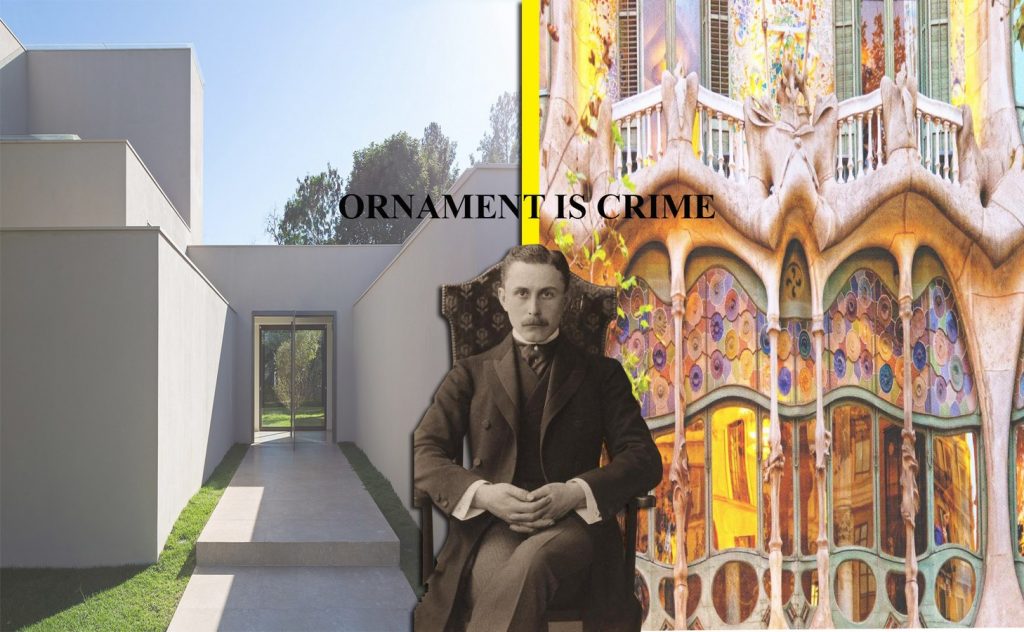 Synopsis:
Synopsis:
‘Ornament & Crime” is an essay by one of the foremost believer of modernism. Architect Adolf Loos. Loss in this essay looks at ornamentation s a mere burden and wastage on economy, labour and aesthetics. He states that ornamentation adds no functional value to a design and instead adds to an unwanted stress in the whole design process.
Review:
Loos’ writings are in denial with the ornamentation used in buildings and design otherwise. He was more convinced with smooth and flat facades rather than a heavy decorative facade. The impact of his writings cannot be understated. At the time of a new industrial era, evolving culture and traditions, a lot of confusions prevailed in the art industry to which Loos gave a very clear message, to stop categorising art styles and cultures and adopting a style that’s more universal, functional and not influenced by any culture and its ornamentations. Adolf Loos went a too far with rationalism and ornamentation in architecture. Architecture need not follow a standard set of rules. While it is true that ‘Form follows Function’ but it is also true that the process of form following function should be redundant of any innovation in terms of imagery or ornamentation. Architecture of any era is inspired by the art, culture, style and mass belief of that particular era and there is in nothing wrong in that. Yes, functionality must not be compromised, but rendering buildings a universal monotone is also not a solution. A built form can speak of any design language and there must not be any restrictions to the same. Be it a modern structure by Adolf Loos or be it a heavily ornamented structure by Gaudi, at the end both of those are an expression of art and though process.


